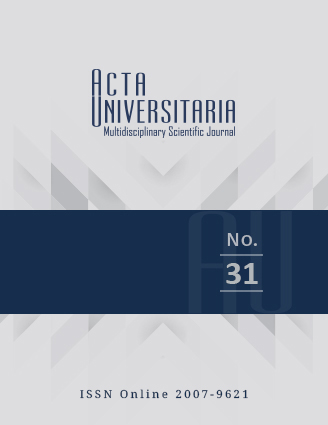Audiovisual cultural consumption in a secondary school group in Mexico City. Symbolic-material implications
Published 2021-07-07
Versions
- 2022-02-23 (2)
- 2021-07-07 (1)
How to Cite
Abstract
This paper describes the audiovisual consumption characteristics of a general public secondary school group in Mexico City from the theoretical foundation of Bourdieu's (1993, 2011) cultural capital. To do this, a qualitative approach was used from a microethnographic perspective, from a subdimension called audiovisual cultural consumption. The results show that the proposed subdimension allows to explore the type of content participants consume and that, in this case, the content corresponds to participants’ age according to the classification system of the Mexican state. In the same way, it was found that the participants have substituted the consumption of free and pay-television content for streaming platforms. It is concluded that audiovisual content could provide academic, recreational, informative, and attitudinal guidance to students and that the school institution should place greater emphasis on the curriculum to meet this new audiovisual consumption.


